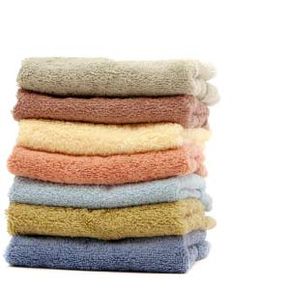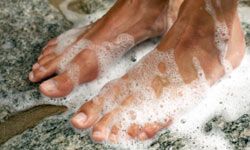It's late at night after a busy day, and you're nearly ready for bed. Before you head off to sleep, you might use a washcloth on your face to wipe away the day's accumulation of dirt and oil or your makeup. While this essential step can help prevent skin problems, if the washcloth itself isn't clean, you might defeat the purpose by introducing new germs to your face.
Neglecting to clean your washcloth on a regular basis can cause the towel to become a breeding ground for bacteria and mold [sources: Mayo Clinic, National Institutes of Health]. To make your hygiene routine worthwhile, you need to wash and dry towels regularly. If you don't think water's enough, bleach is also effective at killing germs and mold, but it can ruin your towels. The harsh chemical wears through threads quickly, which means you have to purchase replacements more regularly [source: Cotton Incorporated].
Advertisement
Whether you use a washcloth only for your face or on your entire body, using a clean cloth will help combat the germs living in bathrooms. Bathrooms -- which are typically wet, warm spaces -- are the perfect environment for bacteria and mold [source: Consumer Reports]. Letting your damp washcloth lie around for days invites bacteria and mold, and you can unknowingly spread bacteria if you reuse the same cloth again and again.
The point of bathing is to get rid of bacteria -- not to add more to your body. Read on to learn how bacteria and mold thrive on washcloths and how to prevent their growth.
Advertisement

